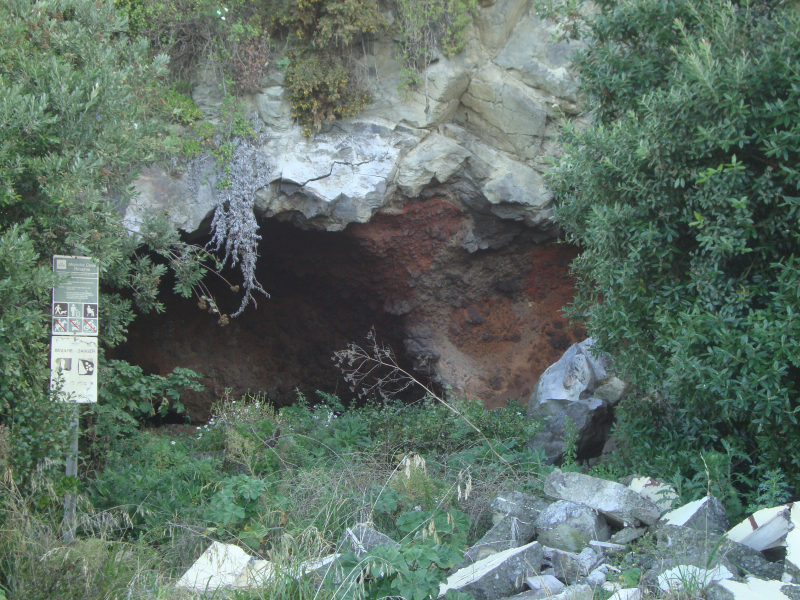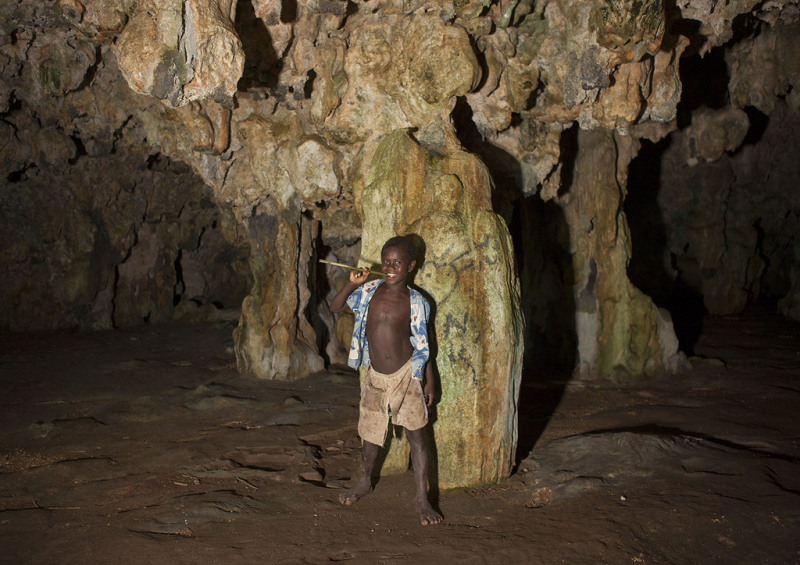Kilu Cave
Kilu Cave is a paleoanthropological site on Buka Island in Papua New Guinea's Autonomous Region of Bougainville. Kilu Cave is 65 meters (213 feet) from the contemporary coastline, at the base of a limestone cliff. Kilu Cave is the earliest known site for human settlement in the Solomon Islands archipelago, with evidence of human occupation extending back 30,000 years. The site is the earliest evidence of paleolithic people crossing the open ocean, that is, navigating without seeing land. To get from Nissan Island to Buka, you'll have to cover at least 60 kilometers of open water. As a result, the presence of paleolithic people at Buka is evidence for the oldest and longest paleolithic sea migration known to date.
Prior to the finding of Kilu Cave in 1987, the earliest sites in the Solomon Islands archipelago indicating evidence of human habitation were Lapita sites dating back roughly 3,000 years. However, linguistic and anthropological data led archaeologists to assume that human occupancy in the Solomon Islands began considerably earlier.
Location: Autonomous Region of Bougainville, Papua New Guinea








